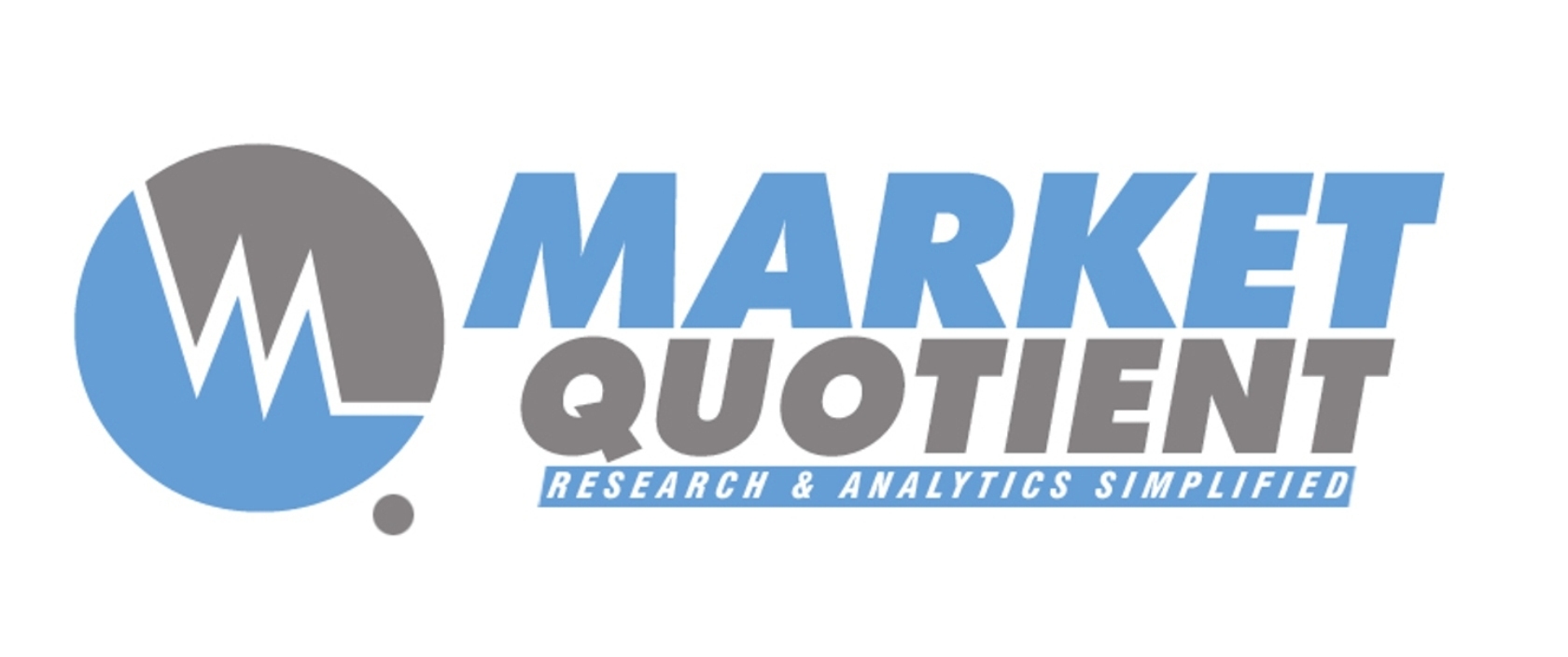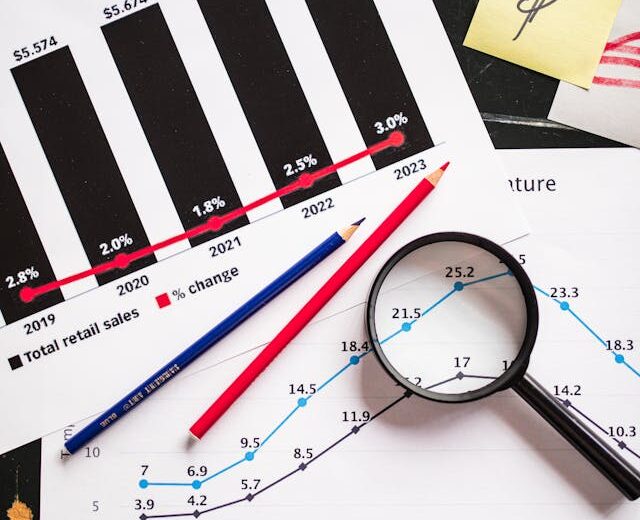Who doesn’t know that analytics is now one of the most commonly heard key buzzes of the industry? To be specific, Predictive Analytics is gaining the most importance these days as the business entities feel that the ability of predicting consumer behavior and forecasting an upcoming event is the only factor that builds or breaks a business.
Now the curiosity might be – how firmly does this craze stand? You will find this intriguing; even the clients today wish to incorporate Predictive Analytics in their business strategy! Recently, we dealt with a client involved in the online shopping industry. His intentions were to identify the characteristic trends of paid shoppers and the free members in his online shopping portal, and to devise ways that would influence more and more members become paid associates of the site. He was keen on having a team of experts who will have special skills in Predictive Analytics and would be able to make full proof prophecy on the customer attitude. Actually, his requirements were such that the team of analytic experts would be ready with a substantial answer for every question that comes up. Although his stress was only upon Predictive Analytic, a deeper research in this case helped us understand that a team with hands-on training in Business Analytics will suffice all his needs.
Here the question that may appear confusing is that if BA is a broader umbrella where Predictive Analytics is a part, why is there a craze for the latter these days? Let us try to understand the concepts in this way – Business Analytics is a simple business technique which involves collection of past records and data, and segregating the useful ones that will be able to serve as the best answers to questions that will help in forming business decisions. In short, Business Analysis involves the following techniques:
- Client profiling: This helps in having a clear idea on the nature and status of customers who will be interested in the products as well as identifying their specific needs.
- Establishing correlation: This step helps in developing a conception of the reasons why a group of clients prefer a particular product while another group feels interested in another product, and developing a correlation in the customer trends.
- Analyzing product portfolio: Making a research on the profit and loss percentage of a product and understanding the factors that influence the profit, loss, margin algorithms.
- Prediction: Forecasting probable revenue that a product will earn in an accounting year, the percentage of clients it will attract, and other such things that determine the fate of a business.
Now this technique of prediction adopted by Business Analysis probably sounds synonymous to making prediction of the future. Thus, we can always identify it as nothing else but Predictive Analysis. Therefore, if we attempt to derive a definition of Predictive Analysis now it will be an improved way of developing insight into the market that is based on business analytics. Actually, it is something that uses advanced techniques in comparison to Business Analytics and the chances of accuracy of predictions are much greater. But since PA involves more time and investment, it meets elaborate constraints more frequently. Therefore, it will be nothing wrong to state that Business Analysis determines about 70-80% of business decisions even today. So, BA is the basic framework upon which PA is developed.
Market Quotient makes use of both business analytics and predictive analytics depending upon clients’ requirement. But most assignment in predictive analytics needs usage of statistical softwares like SAS, SPSS, Matlab, R. etc and thus tends to be expensive to small business. To know more about expertise in analytics space, write us at contact@marketquotient.com





